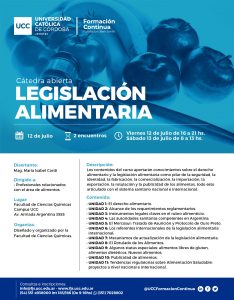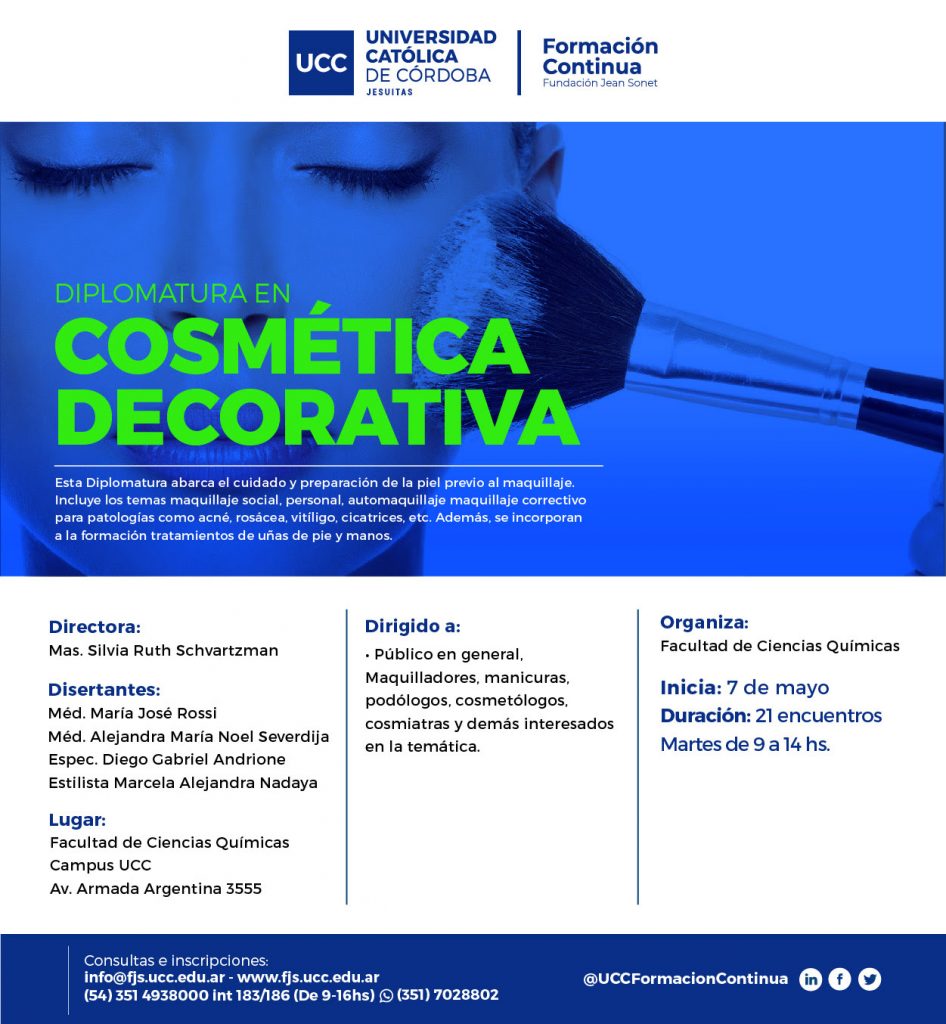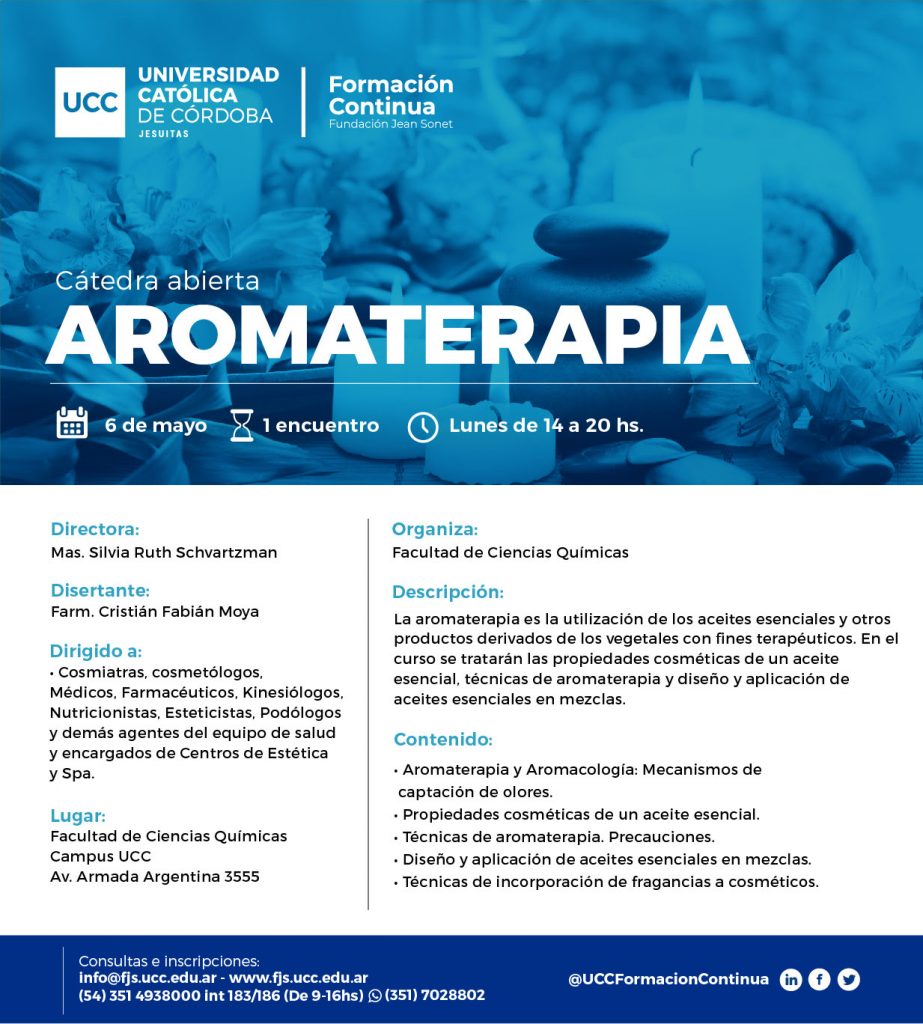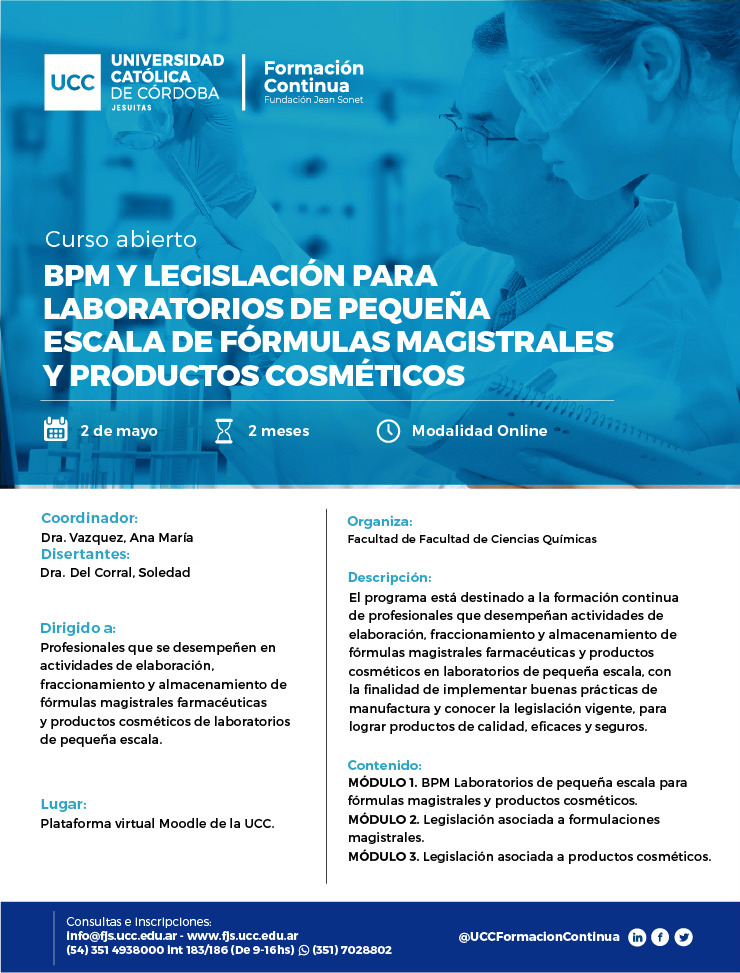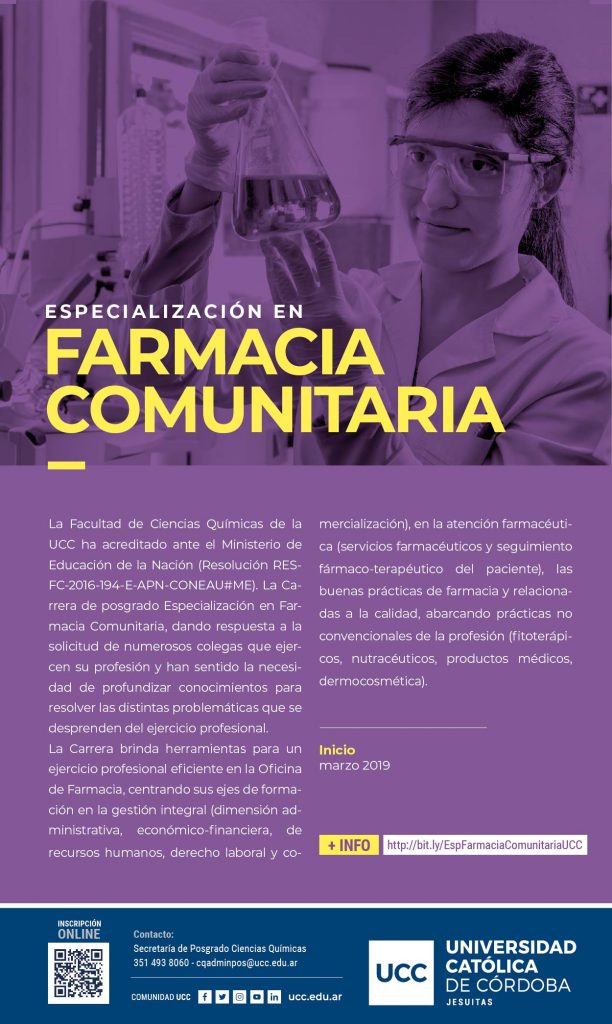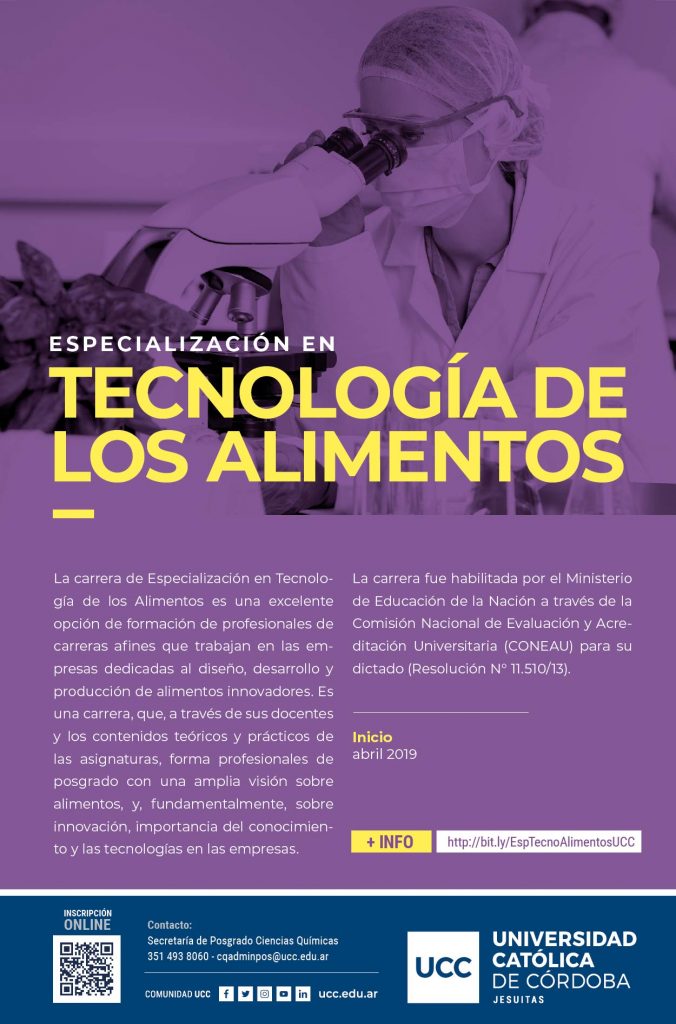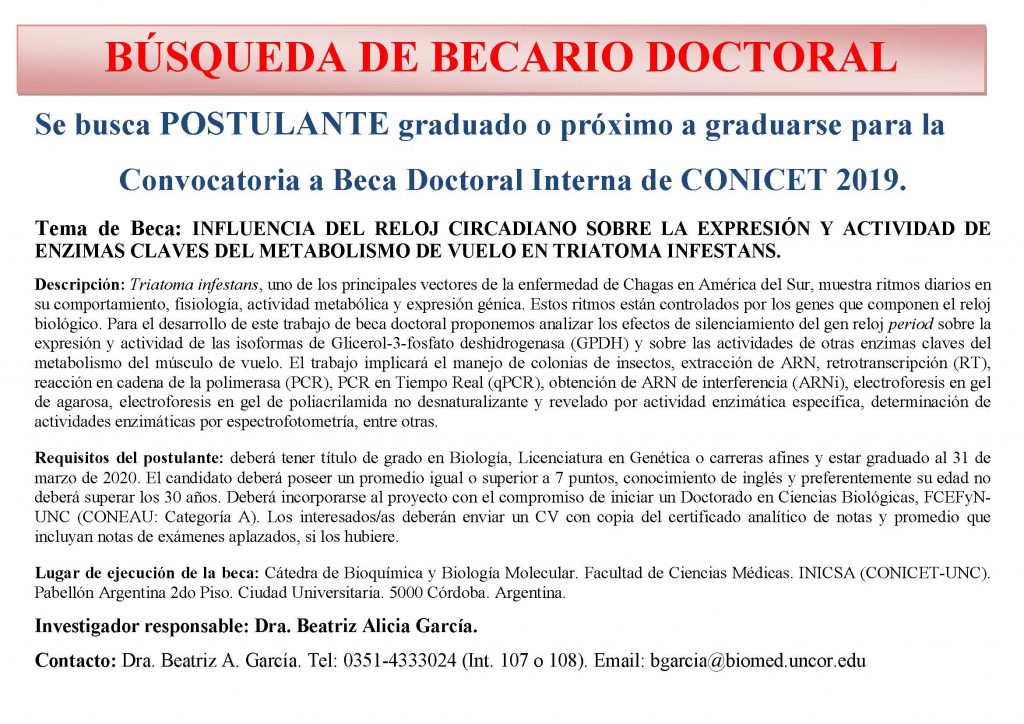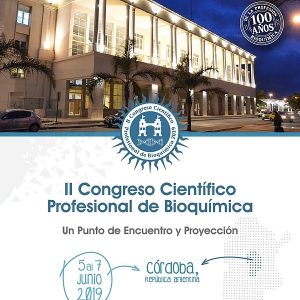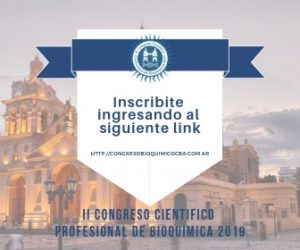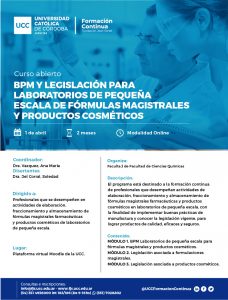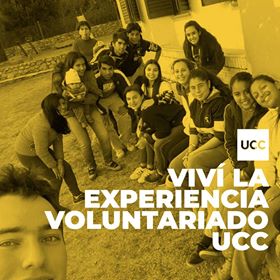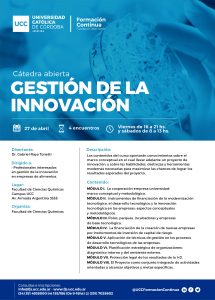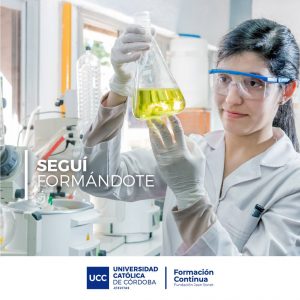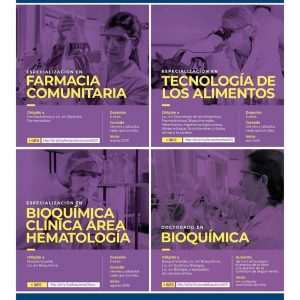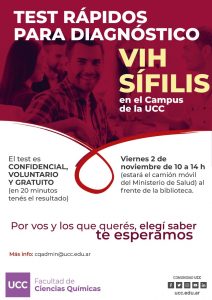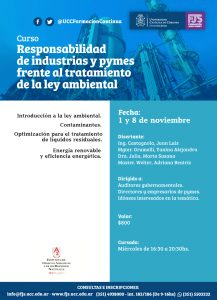Category: Carreras de Posgrado
BPM y legislación para laboratorios de pequeña escala de fórmulas magistrales y productos cosméticos
Voluntariado UCC
 Si sos estudiante universitario te invitamos a conocer cómo podés participar de la experiencia del Voluntariado de la Católica.
Si sos estudiante universitario te invitamos a conocer cómo podés participar de la experiencia del Voluntariado de la Católica.  El 26 de marzo a las 19.45 hs en la Sede Trejo de la UCC (Obispo Trejo 323) en el aula 36, daremos una charla informativa para que conozcas nuestras propuestas de voluntariado.
El 26 de marzo a las 19.45 hs en la Sede Trejo de la UCC (Obispo Trejo 323) en el aula 36, daremos una charla informativa para que conozcas nuestras propuestas de voluntariado.  Si necesitás más info, escribinos a voluntariado.vrmu@ucc.edu.ar
Si necesitás más info, escribinos a voluntariado.vrmu@ucc.edu.ar
Los esperamos!!!!
Formación Continua en la UCC
A través de diferentes instancias de formación, la Fundación Jean Sonet de la UCC responde de forma activa a las necesidades del mercado laboral y profesional, garantizando la promoción de las habilidades y el intercambio de conocimientos.
Consulta el programa de cursos 2019 AQUI
Programa de Liderazgo ignaciano universitario Latinoamericano
Inscripciones online: AQUI
Invitación a Conferencias – Facultad de Ciencias Químicas
Conferencias:
-
Targeting drug resistance in cancer stem cells – Hedgehog pathway inhibitors – Taepeenin D.
-
Abietane diterpenes – high value natural precursors for the development of new antimicrobial agents.
Disertante:
Dr. Constantinos Athanassopoulos de la Universidad de Patras, Grecia.
Fecha y horario:
Martes 31 de octubre a las 10 hs.
Lugar:
Aula de Postgrado B, Edificio de Ciencias Políticas, Campus UCC
Resúmenes:
- Targeting drug resistance in cancer stem cells – Hedgehog pathway inhibitors – Taepeenin D
Cancer stem cells (CSCs) are a subpopulation of cancer cells with high clonogenic capacity and ability to reform parental tumors upon transplantation. Several types of CSCs have shown resistance to chemotherapy and therefore they have been “accused” for causing tumor relapse. In the last decade many efforts have been made to design molecules, able to specifically target CSCs and to differentiate them or sensitize them to therapy. Among the different potential targets a special attention has been payed to the “Hedgehog pathway (Hh)”, which has emerged as a favourable target to address drug resistance in CSCs. Up to now a variety of natural, natural-derived (e.g. Cyclopamine) and synthetic origin molecules (e.g. Sonidegib, Vismodegib) have shown Hh inhibitory activity. Inhibitors of Gli1, the terminal effector of the pathway, are anticipated to evade drug resistance and to display fewer side effects than inhibitors targeting Smothened protein (Smo). Inspired by the Gli-mediated transcription inhibitor Taepeenin D we performed synthesis and evaluation of a series of analogues, which has led to key structure–activity relationships for this natural product. The information derived from this research will be discussed in the lecture.
- Abietane diterpenes – high value natural precursors for the development of new antimicrobial agents
Abietanes are a family of naturally occurring diterpenoids with a highly diverse repertoire of associated bioactivities. They have generated significant interest from the medicinal and pharmacological communities since they exhibit anticancer, antiviral, antifungal and antibacterial activity. Especially the latter is potentially valuable in the battle against the antimicrobial resistance and imminent antibiotic shortage. Recent results of Prof. Carpinella’s group demonstrated that an extract from Lepechinia meyenii exhibited an outstanding selectivity against a panel of methicillin-resistant Staphylococcus aureus (MRSA) strains. Bioguided fractionation led to the isolation of carnosol and rosmanol as its active principles. Prompted from these results and aiming at the development of new and more effective antimicrobial agents we synthesised a library of abietane analogues, using carnosic and abietic acid as the natural precursors, suitable for structure-activity relationship studies (SARS). Two promising compounds with MIC values against multi-resistant bacteria lower than that observed for the lead compounds, were identified from the abietic acid derivatives. Very interesting results regarding the structural elements responsible for the activity improvement were obtained. A second generation of derivatives, as well as, the evaluation of the carnosic acid derivatives are in progress. The results obtained will be discussed in detail.



